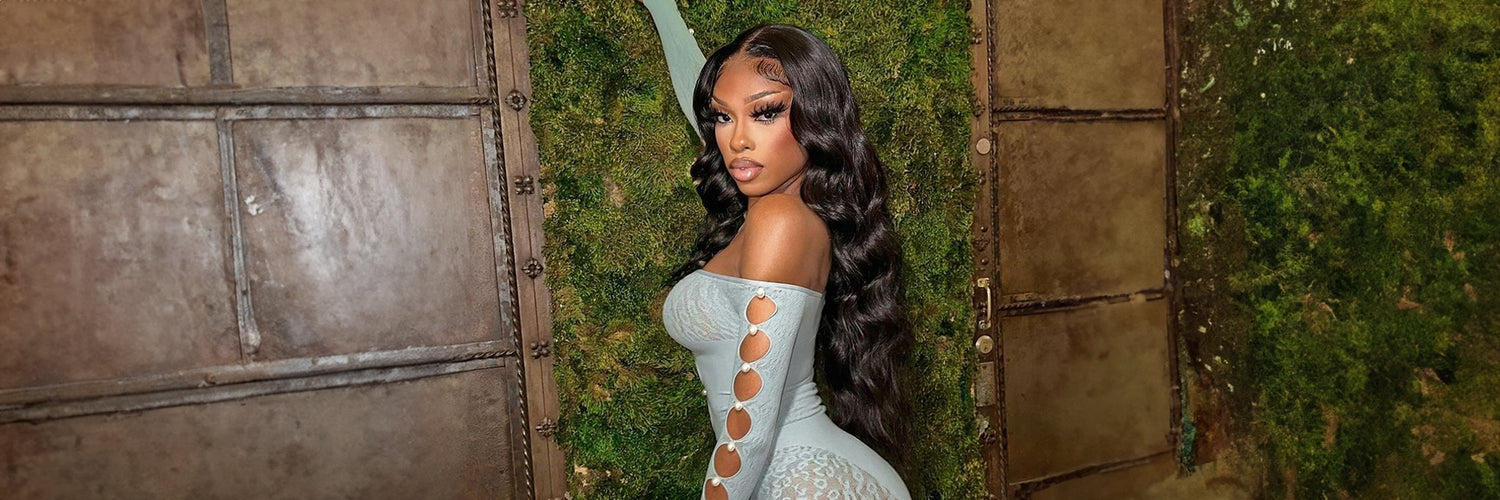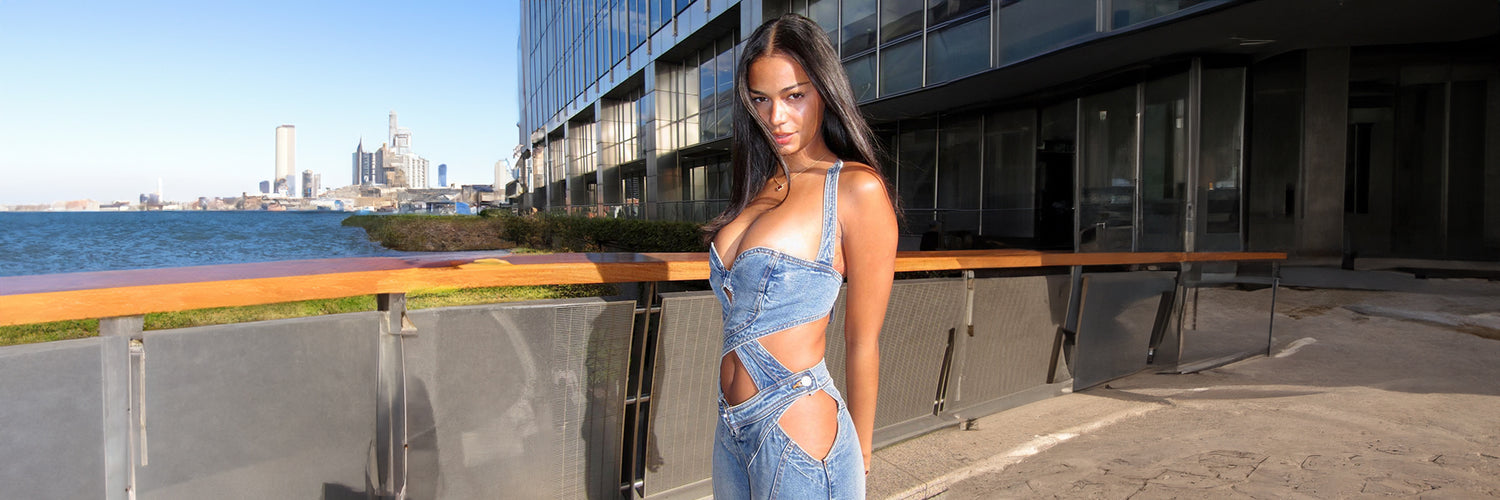Nobody wants their wig to fall out or move about all day, so many people use wig glue to keep it in place. But what should you do if you misplaced your preferred wig glue or have an adhesive sensitivity? You'll be relieved to learn that you have choices. You will learn about a few wig glue substitutes in this post, along with each one's benefits and drawbacks. In order to help you identify the technique that works best for you, we'll also explain how to choose from the various approaches.
Wig glue can cause skin reactions and may even lead to hair loss over time. So, if you want to ditch the wig glue and try another wig securing method, here are some effective alternatives. For each process, start with your hair pulled back and secured with bobby pins or thread.
How Long Can You Wear A Wig With Glue?
We wish we had a simple answer for you, but the truth is that it depends on a variety of factors, including the material of your hairpiece, the adhesive used to attach the hair system to your scalp, the type of skin you have, your lifestyle, the temperature, and climate, how much your scalp sweats, and how frequently you want to clean your scalp and re-bond the hairpiece. Waterproof wig glue is also available in the market to hold the wig for a longer time period. Supertape is one brand of wig tape. Silicone bonding adhesive: This is a waterproof adhesive that can hold for 4-6 weeks. You first should apply a skin protector before applying the adhesive.
Generally speaking, we advise wearing a wig for two to three weeks at a period. Before re-attaching your hairpiece, you should ideally allow your scalp and natural hair a chance to breathe and thoroughly wash and condition it. Rotate between your two hair systems if you have them to make each one last longer. Some adhesives are temporary, while others are strong and can keep a wig on for several weeks (4-6 months). Selecting the proper adhesive is crucial to avoid having damaged edges. Using long-lasting glue, a Lace Front Wig can be worn for up to 6 weeks.
What Can I Use Instead Of Wig Glue?
Wig Tape:
Wig tape is a reliable choice for keeping a wig in place, but taking it off risked yanking out the hair. If you have skin or hair problems, stay away from wig glue. A roll-on absorbent pad is used to apply wig glue, a clear, non-staining absorbent.
Hair clip:
For individuals who want to avoid hair adhesive, hair clips are a fantastic alternative. They are simple to use and are available at any drug or beauty supply store. You're set to go once you clip them into your hair in the desired location.
Headbands:
Using a headband is a terrific method to keep your hair out of your face and in place. Try shopping for a headband made of cloth or ribbon if you want something cute and fashionable.
Holding Spray:
Holding spray is one of the most popular adhesives for wig attachment. It offers a firm hold that is significantly less harmful to your hairline than adhesive. Hair spray can also be layered to give volume without being overly bulky. Here are some guidelines for using holding spray.
Before using the holding spray, cleanse the skin with any kind of cleanser, then follow the procedures listed below:
- Wear your wig so that it hangs the way you choose.
- Starting at one end, gently lift the front of your wig, and liberally spritz hairspray in front of your real hairline. Keep the spray off of your hair.
- Use a blow dryer to dry the spray until it becomes sticky. This should be a quick process.
- Hold your wig in place in the spray for 10 to 15 seconds.
- Repeat the process on the opposite end to secure the wig in position.
- In 2-inch sections, mist the holding spray through the wig and into your hairline.
- Before being blow-dried, the section needs to be pushed into the spray with the end of a rattail comb.
- Continue to the following phase until you've gone all the way around your front hairline.
- Wrap a silk scarf firmly around the wig's border and fasten it at the nape of your neck. By doing so, you can keep the wig close to your skin while it dries entirely.
- Once your hair has dry, slowly take the scarf off.
- Verify that your wig is completely dry. Use your blow dryer to dry any moist areas. Apply another cotton ball soaked in alcohol to any remaining spray before wiping it away.
How To Remove Wig Glue From Edges?
- Dip a small sponge in 99 percent isopropyl alcohol. Rub the soaked sponge over any wig tape or glue bonds. Do not soak the entire wig in alcohol, because this could dry out or damage your wig. After one or two minutes, lift the tape or glue away with your fingers
- Using a solution of water, salt, and baking soda is one of the quickest ways to remove lace front adhesive without using alcohol, but you should be aware that it also takes the longest. Add and combine water, salt, and baking soda in a container before continuing.
- Hold a cotton ball that has been soaked in acetone or an acetone-based nail polish remover onto the afflicted region. It should dissolve the glue bonds within a short period of time, enabling you to comb through your strands. Use conventional shampoo and conditioner when washing.
- Wig glue remover can also be used to remove the glue.
No glue wigs can also be used in order to avoid glue holding the wig. The glue-less lace wigs from Arabella Hair may provide you with complete equipment and security thanks to adjustable straps, elastic bands, or stretch lace caps



